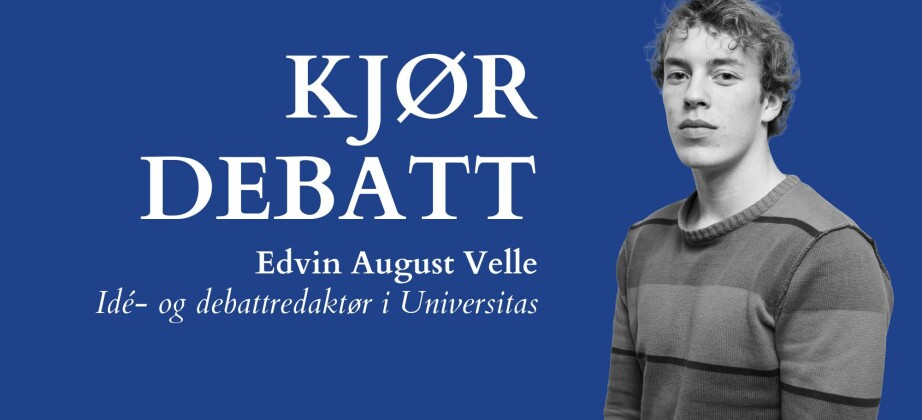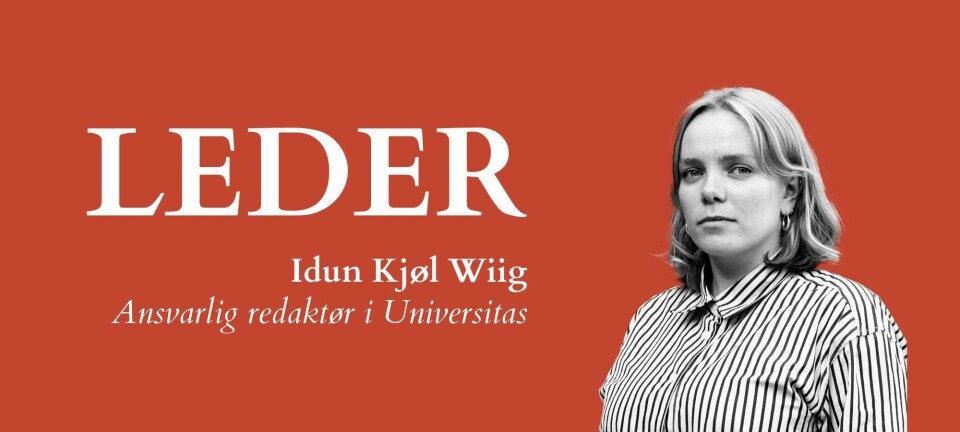Students are budget losers
The educational sector is highly dissatisfied after the presentation of the state budget yesterday. – Disappointing and impudent, are the reactions.
Once again there is a storm around the Norwegian red-green government grants to research. The infamous grant pause from 2007 was corrected in a revised state budget in 2009. Now, the opposition and the student organizations present the expression again.
– There is nothing else to say other than this is a very surprising and disappointing budget, says Ole Petter Ottersen, rector of the University of Oslo.
– We are very surprised by the fact that there is no increase at all of the free basis grants, says Anne Karine Nymoen, president of the National Union of Students in Norway (NSU). Nymoen thinks the lack of basis grants will reduce the room of action to the educational institutions and lower the study quality when the student body increases.
The higher education sector is especially disappointed about how the free means to the universities – the grants that they are free to use as they choose – are standing unchanged, which practically means a reduction if the increase in prices is taken into consideration.
The lack of support to research and higher education is presented in a record breaking state budget that has been criticized for using too much of the so called oil fund. The oil fund is formally known as the The Government Pension Fund which is a fund where the surplus of the Norwegian petroleum production is deposited. In total there will be used more than 44,6 billion Norwegian kroner more than the rule of action allows.
– Worst since the infamous pause
In the budget posts concerning research, higher education and student welfare the government has granted money to 1000 new student housing units, 2600 new places of study, and an increase in the fund for research and innovation with 5 billion kroner.
– This is the worst state budget since the infamous grant pause in 2007. The students are the big losers in this budget, says Ina Tandberg, the president of STL.
Knut Aarbakke, the leader of the Federation of Norwegian Professional Associations, supports her. He thinks the government is breaking a record in breach of promises when they run away from the election campaign’s promises about eleven months of study support, and additionally doesn't increase the support in the state budget,
– A price adjustment on 1,6 percent of the study support is almost rude when the same government expects a wage increase on 3,5 percent.
– A huge challenge
Rector Ottersen by the University of Oslo says he expected more from the government.
– The result of the lacking increase of free grants can lead to expense cuts counting 80 million kroner at the university, says Ottersen.
In comparison the infamous pause grant was on 60 million kroner.
– It is stated in the governmental declaration that more money is to be given to research and education. Now, that will be a lot more difficult. It´s positive that areas like climate and energy are granted more money, but as long as we´re supposed to compete for these grants, we can´t budget with this, says Ottersen.
He thinks both researchers and students have a reason to be disappointed, and doesn´t disregard the fact that it might affect the study quality.
– This is the numbers speaking. We do want to increase the quality of study, but this budget gives us a huge challenge.
Also the president at the University of Bergen, Sigmund Grønmo, shared Ottersen´s disappointment. He thinks it´s especially serious since the government also presents cuts in the basis grants compared to 2009.
– Free basis grants are totally necessary. The new places of study aren't fully finances, and at the same time we get cuts in the basis grants. I´m very surprised at how the government doesn't follow their own ambitions and approaches this at a larger scale, says Grønmo.
– Drains grants from teaching
The capital in the research fund increases with five billion ear marked kroner. According to Tandberg, the government’s focus on research can affect the quality of study even further.
– Rather large increases of ear marked aiming is given, especially to research. This demands great resources from the institutions beyond what is already granted. The government knows that the educational institutions can´t afford this without taking resources from other areas. Thus this will affect the study quality, says Tandberg.
Risks large cuts
2600 new places of study are established in addition to the 3000 that were established in the revised state budget. Today the universities receive 60 percent of the financing when the study starts, while 40 percent is granted when the specific passes his or her exams. That is why an increase in the student body leads to increased expenses for the educational institutions.
– New places of study demand that the institution follows up with internal financing. This will make it harder, says Nymoen.
































